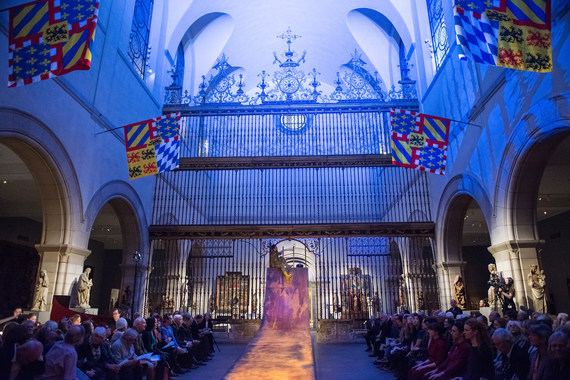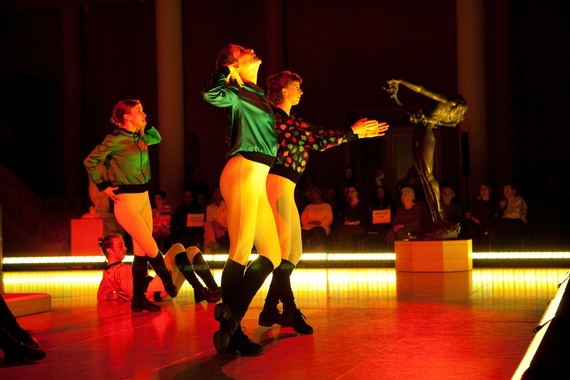We humans spend so much time trying to nail things down: objects, habits, spouses, ideas. As a species, we tend to abhor change. But, we are currently living in a time of great and rapid change, and in the performing arts world, ironically, it seems to be the larger, more established institutions who are embracing change. The New York Philharmonic announced a new initiative: the NY Phil Biennial; the Metropolitan Opera premiered a work by Nico Muhly, a 32-year old composer; and here at The Metropolitan Museum of Art, we are reinventing performance in the context of a museum.
When I arrived at the Met Museum two years ago, my mandate was to take a critical look at the Met's performance offerings, and to think about ways to give that area relevance and distinction. Sounds simple, however it's anything but. There are many paths to relevancy -- all of them problematic in some way, in a place like The Met. During my first year as General Manager of Concerts and Lectures, I spent most of my time walking through the galleries, often with artists, exploring all corners of a building that is vast and endlessly surprising. While the series that I was lucky enough to take over had an incredibly deep and significant past, it was not necessarily relating to, or taking advantage of, the fact that it was housed in one of the most extraordinary repositories of art and ideas in the world. I discovered that the building itself has a generative energy: it fosters theatrical treatment, suggests narrative, invites music.
As I began to orient the programming more toward the building itself, a wave of dread rippled out, first to colleagues in the classical music world, then to the audience. Change was coming, and the humans were not happy.
When we announced we would stage operas in our galleries, present concerts in unusual spaces, invite non-classical musicians to be in residence, commission non-classical musicians to create new work, I watched my colleagues and my audience go through what I call the 5 Stages of Change. We cycled through: Denial, mainly from artist managers closing their eyes and plugging their ears to any new direction in programming; Anger, and lots of it. New Yorkers have no problem expressing their discontent; Bargaining, of the 'let's make a deal' variety; Depression, via email. Some audience members expressed genuine sadness over the new programming trajectory; Then finally, and happily...acceptance.
And more than just acceptance, I am seeing our audience embracing what is now the new normal: adventurous productions, new commissions, performative work in galleries and a broad range of musicians on the stage. Change for the sake of change is not inherently a good thing; but when change brings relevance, vibrancy and renewed engagement, it contributes to the cultural landscape in a constructive and inspiring way.
As the new normal takes root, the next question is: how do we continue to reinvent ourselves?

